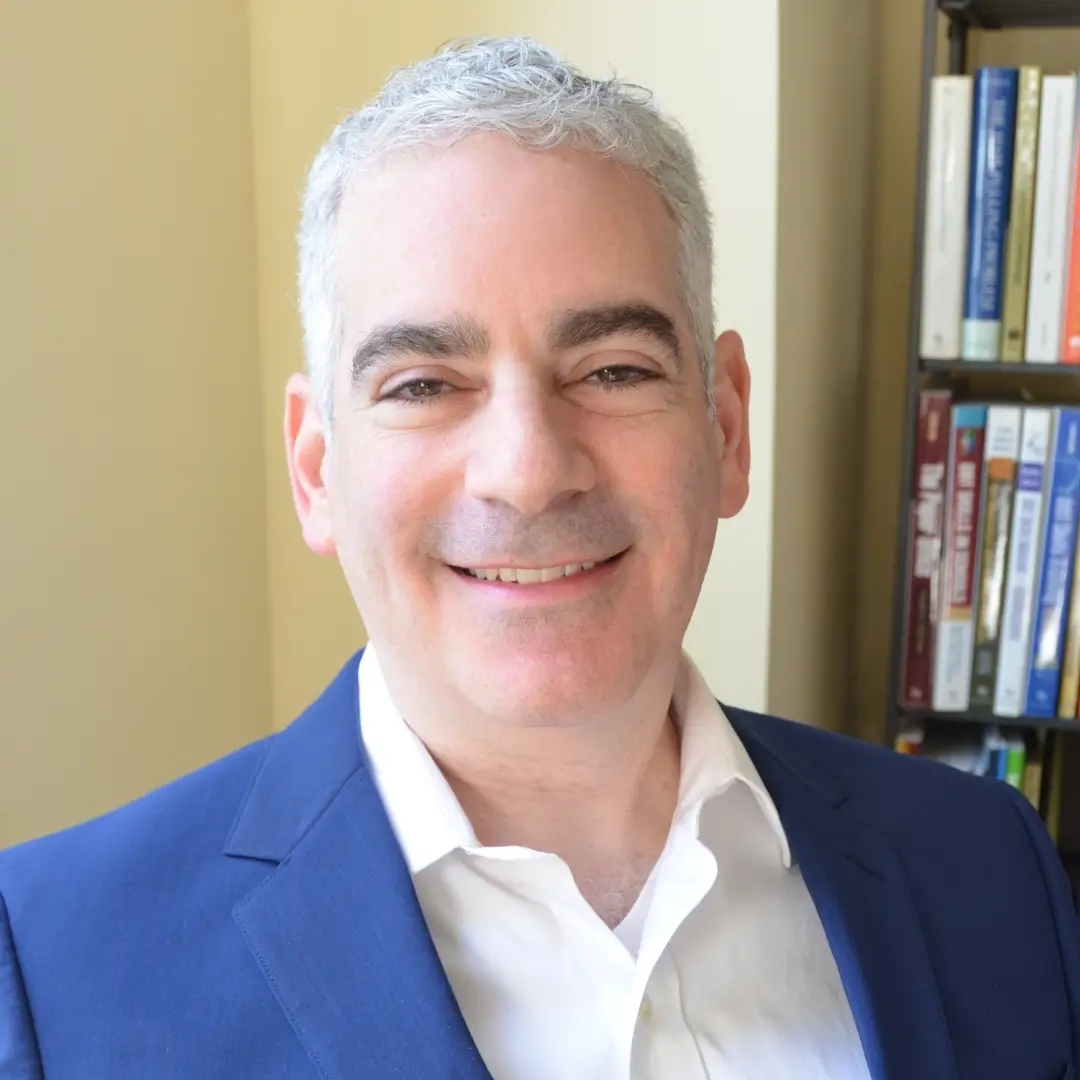ERP therapy (exposure and response prevention) and ExRP (exposure and ritual prevention) are psychotherapies used to treat obsessive-compulsive disorder (OCD). ERP was pioneered in the 1960s by British psychologist Vic Meyer. Edna Foa and her colleagues at the University of Pennsylvania further developed it and gave ERP its name in the 1970s and 1980s.
Subsequent innovations in this therapy resulted in its being given a new name: Exposure and Ritual Prevention (ExRP). This created some confusion as the one therapy was now known by two names. For all practical purposes, there is no difference between ERP and ExRP. This piece will provide information about what ERP / ExRP therapy involves, and how it can help people suffering from OCD.
What Is OCD?
OCD is a disorder with a long history. Its presence has been documented for thousands of years. OCD is characterized by the presence of either obsessions, compulsions, or both.
Obsessions are typically intrusive thoughts that cause anxiety. They are difficult to get rid of, despite one’s best efforts. Compulsions are activities, often performed repetitively. We often experience anxiety when we are not able to perform the compulsion.

The History of OCD Treatment
Psychoanalysis
The modern history of treatment for OCD goes back to the late 19th century. The early psychoanalysts wrote about obsessions as symptoms resulting from repressed sexual desires. Treatment for OCD would typically involve psychoanalysis that strove to root out the unconscious cause for an obsession. The theory was by making the cause conscious, the symptom would improve.
Modern Treatment for OCD
Recent thinking in the field conceptualizes obsessions and compulsions a bit differently. Research has shown that obsessions and compulsions respond to treatments that do not focus on unconscious causes.
Successful psychotherapeutic treatment focuses on developing new ways of responding to the obsessions and compulsions in the here and now, regardless of their cause. While there has been much theorizing and speculating about the origin of obsessions, there has not been a research-supported consensus in the field about what causes OCD. However, therapies like ERP / ExRP can treat OCD successfully without focusing on the cause, whatever it might be.
Obsessions and Compulsions
When an obsessive thought occurs, feelings of anxiety and uncertainty immediately follow. These feelings are uncomfortable, and as a result, people with OCD typically do something to relieve the anxiety or uncertainty. Exactly what they do takes many forms.
For some, a behavior like washing one’s hands will relieve the anxiety. For others, seeking reassurance from a loved one (or elsewhere) will relieve the anxiety. The internet has become a popular resource for OCD sufferers who seek to reassure themselves and thus lower their anxiety.
Still others with OCD would love to find something that would relieve their anxiety but have not been able to. Whatever the strategy people use to deal with the increased anxiety, they operate from a desire to rid themselves of the feeling if at all possible.
How Does ERP Therapy Help?
Cognitive-behavioral therapies like ERP / ExRP try to change one’s reaction to these unpleasant feelings. By doing so, one can experience obsessive thoughts and the need to perform compulsions differently. This kind of change is a difficult one to enact and takes some hard work.
Much of this hard work will come in the form of “exposure” exercises. The ERP therapist’s job is to explain what these are and lead the patient through them. Through these exercises, one gradually learns to tolerate feelings of anxiety better. The exercises “expose” the OCD sufferer to feelings of anxiety. This helps break some of the patient’s unhealthy patterns that have often taken shape over several years of OCD.

Habit and OCD
We are creatures of habit. Those of us with OCD can see the truth in this when we consider how entrenched OCD can become in our thoughts and our actions.
People suffering from OCD have developed habitual ways of dealing with feelings of anxiety when they arise. If these habits result in a quick lessening of anxiety, then each time we do it, the habit becomes a bit stronger.
This is a principle of behavioral psychology known as negative reinforcement. Negative reinforcement is when the removal of a negative stimulus follows the performance of a certain action, thus making us more likely to perform that action again next time. This is illustrated in the case of Sara, described below.
Sara (not her real name), a young woman living in New York, experienced anxiety whenever the thought of AIDS came into her mind. She found that she could reduce this anxiety by checking on the internet to confirm that nothing she was doing in her life right now put her at risk for contracting HIV. Sara was rewarded for her internet research with reduced anxiety. While she had found a short-term fix for her anxiety, she found that over time, she had to spend more and more time on the internet. This began to impact her personal life and her work life.
Exposure
A centrally important aspect of ERP / ExRP for OCD is exposure. Exposure takes different forms depending on the nature of the obsessions or compulsions. For Sara, the woman described above who had obsessive thoughts around HIV and AIDS, exposure exercises would address her reaction to those thoughts. If Sara found herself thinking, “what if I got HIV when I was at work yesterday,” then when she was ready, her therapist would recommend an exposure exercise addressing her reaction to that thought. Sara might try to “expose” herself to the idea that it is possible that she did, in fact, contract HIV at work yesterday.
Typically, such an exercise will have little appeal to the person with HIV obsessions. If one has already invested so much effort in steering clear of the risk of infection, why go out of one’s way to contemplate the possibility of infecting oneself?
What ERP Therapy Would Involve for Sara
The answer to the above question is simply this: beating OCD involves changing your habits. Sara had taken up the habit of checking on the internet whenever she became anxious that she had contracted HIV. If a website could convince her that she was not infected, she would feel at ease once again.
With the assistance of her ERP / ExRP therapist, Sara began doing exposure exercises that involved purposefully refraining from going on the internet when she was anxious about contamination. She exposed herself to the anxiety that accompanied thoughts of HIV infection without responding in her habitual way.
When done correctly, this type of exposure exercise has the effect of helping achieve a long-term reduction in obsessions, and in the anxiety they cause. Sometimes these exposure exercises will last only a few minutes, sometimes significantly longer. These exercises are not designed to make you feel better in the short term; they are designed to help you in the long term by helping you build a different relationship with your obsessive thoughts.
Rituals
Some people with OCD find that they have to do certain things in order to make their anxiety go away. These actions are known as compulsions or compulsive behaviors. Sometimes compulsions are relatively simple, as Sara’s habit of going on the internet to get information about HIV infection. Other compulsions can be even quicker, such as using hand sanitizer or checking to make sure the stove is off before leaving home.
Compulsions vs. Rituals: What’s the Difference?
Other compulsions take a long time. Some actually involve a series of behaviors, known as rituals. For example, many people with OCD describe taking long showers. They describe having to wash themselves in a particular way, sometimes washing the same area a set number of times. This is an example of a ritual, i.e., a series of compulsive behaviors. It is possible for these rituals to have a significant impact on the life of the person suffering from OCD; they can become very time-consuming.
It is this type of ritual referred to in the phrase “Exposure and Ritual Prevention.” An example of a ritual can be seen in the case of Robert:
Robert (not his real name) came to ERP / ExRP because he had been arriving later and later to work. For this reason, his supervisor reprimanded him on three different occasions. Understandably, Robert was concerned about his job security. Robert had OCD and was engaging in rituals at home in the morning which made him late for work.
In the beginning, Robert could stop the rituals when he had to leave his home. Over time, he was unable to do even that. His ritual began with trying on every pair of shoes in his closet to see which one felt the best. This was not so time-consuming. Eventually, the ritual became more complex. Robert described needing to try on every shirt, pair of pants, and jacket he owned before he left his New York apartment. This left Robert feeling exasperated. He knew that it was unnecessary to try on these clothes. He felt especially frustrated at his need to try on jackets even in the summertime when he wouldn’t wear one anyway.
Worsening of Rituals Over Time
Robert’s example illustrates two important characteristics of rituals. For one, this ritual started out seeming harmless but eventually became complicated and time-consuming.
Frustration
Secondly, Robert knew that his behavior was excessive and unnecessary. However, he felt powerless to stop the ritual. This is often the case and a very frustrating part of OCD. Fortunately, ERP / ExRP offers hope for people suffering from these types of rituals.
Success
Robert was able to achieve lasting change through his work in ERP / ExRP therapy. Once he understood how OCD had put him in this situation, and how he could make some changes, he used exposure exercises to gradually change his ritualizing.
First, he was able to experience the anxiety that came up when he decided to limit his trying on of jackets to three. Through the exercise he began to retrain his autonomic nervous system — he taught himself how to tolerate the unpleasant feelings that accompanied leaving something incomplete. After a while, he could skip the jackets altogether. Eventually, he was able to get dressed in only five minutes’ time. Robert said this process was a challenging one, but one he was ultimately very pleased about.
ERP Therapy and Lasting Change
One advantage of ERP / ExRP and other cognitive-behavioral therapies over medication is that you can use the skills learned in therapy to change how you deal with anxiety and OCD. This is often a long-lasting change. Although medication is often helpful to reduce symptoms of OCD, many patients report that they experience obsessions and compulsions again once they come off their medication.
Most patients who complete ERP / ExRP say that their symptoms are significantly reduced because of their work in therapy. Often they also say OCD remains a challenge after therapy is over. It is difficult to predict with certainty what kind of an outcome someone will have in therapy (or medication, for that matter). We do know, however, that approximately 70% of patients who do a course of ERP / ExRP see significant improvement.
If someone is willing to change some habits and to put in the effort required of the exposure exercises, there is every reason to be optimistic about their ability to benefit from ERP / ExRP.
Subscribe to the Manhattan Center for Cognitive-Behavioral Therapy blog!









